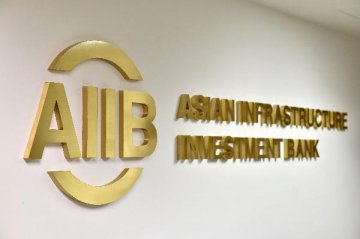Fitch Ratings has kept Finland's credit rating at AA plus. In an analysis published late Friday, Fitch saw "some evidence" that the efforts to implement structural reforms were bearing fruit.
Fitch noted that following a labor market competitiveness enhancement, Finnish labor costs declined sharply compared to Sweden, Germany and the eurozone at large.
The agency said that the 2018 round of wage negotiations was due to start in September and this would create some uncertainty. Fitch assumed that the outcome of the wage negotiations would not lead to deterioration in external competitiveness.
Finland's recovery has mainly been driven by cyclical factors. Real GDP is set to grow by 2.3 percent in 2017, its fastest pace in five years, supported by the upswing in global trade. This is above the agency's previous forecast of 1.2 percent.
Fitch expected the Finnish GDP growth to slow gradually to 1.7 percent and 1.4 percent in 2018-19. Private consumption growth is set to moderate in 2018-19. Over the last two years, private consumption was partly supported by a rise in household debt and a decline in the saving rate.
Fitch noted that authorities continue to focus on implementing structural reform policies, which should help improve the growth outlook and public finances over the medium to long term.
The political backdrop remains broadly supportive for reform implementation, the agency said, as the fall of the government coalition was averted.
Public debt dynamics are gradually improving. The general government primary deficit is set to improve gradually, moving to a balanced position after2019. Downside risks would arise from any adverse developments on the reform agenda or from slower growth.
Finland's rating draws support from "a high value-added economy, political stability and very strong governance and institutional strengths", said Fitch. Large pension assets also provide fiscal flexibility, the agency reminded.
Fitch noted that following a labor market competitiveness enhancement, Finnish labor costs declined sharply compared to Sweden, Germany and the eurozone at large.
The agency said that the 2018 round of wage negotiations was due to start in September and this would create some uncertainty. Fitch assumed that the outcome of the wage negotiations would not lead to deterioration in external competitiveness.
Finland's recovery has mainly been driven by cyclical factors. Real GDP is set to grow by 2.3 percent in 2017, its fastest pace in five years, supported by the upswing in global trade. This is above the agency's previous forecast of 1.2 percent.
Fitch expected the Finnish GDP growth to slow gradually to 1.7 percent and 1.4 percent in 2018-19. Private consumption growth is set to moderate in 2018-19. Over the last two years, private consumption was partly supported by a rise in household debt and a decline in the saving rate.
Fitch noted that authorities continue to focus on implementing structural reform policies, which should help improve the growth outlook and public finances over the medium to long term.
The political backdrop remains broadly supportive for reform implementation, the agency said, as the fall of the government coalition was averted.
Public debt dynamics are gradually improving. The general government primary deficit is set to improve gradually, moving to a balanced position after2019. Downside risks would arise from any adverse developments on the reform agenda or from slower growth.
Finland's rating draws support from "a high value-added economy, political stability and very strong governance and institutional strengths", said Fitch. Large pension assets also provide fiscal flexibility, the agency reminded.























Latest comments